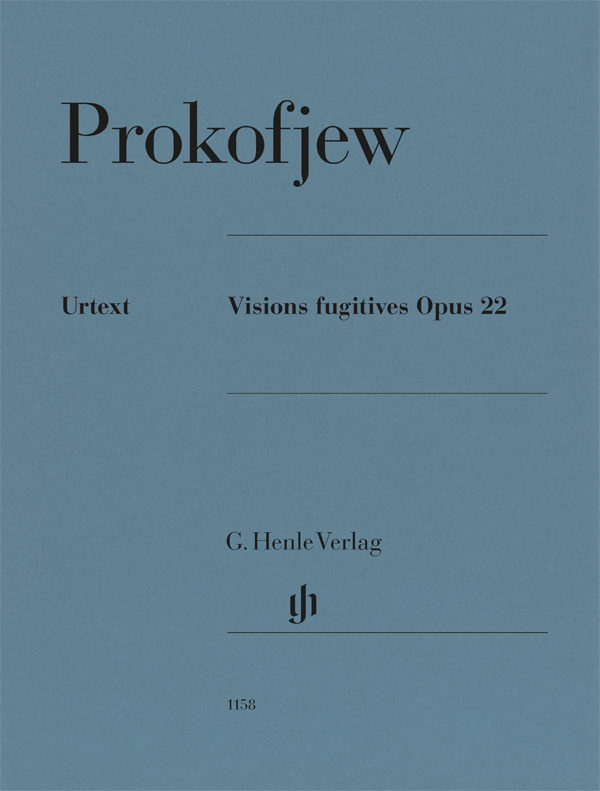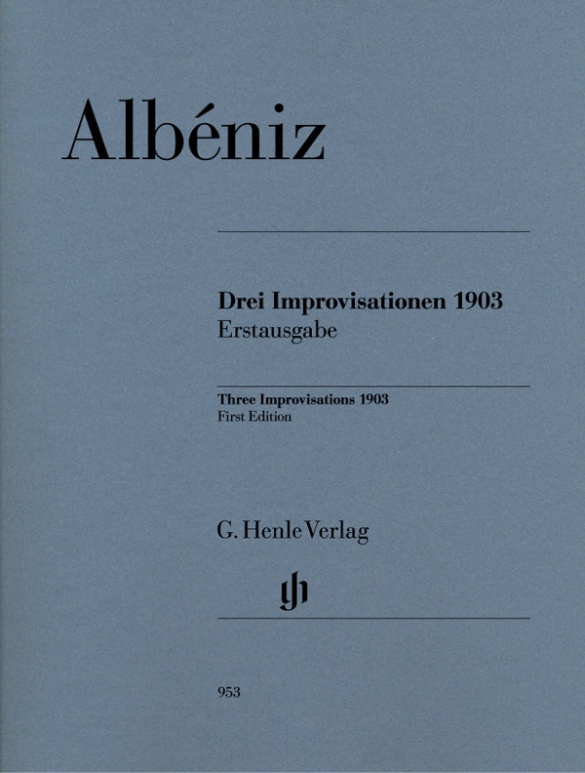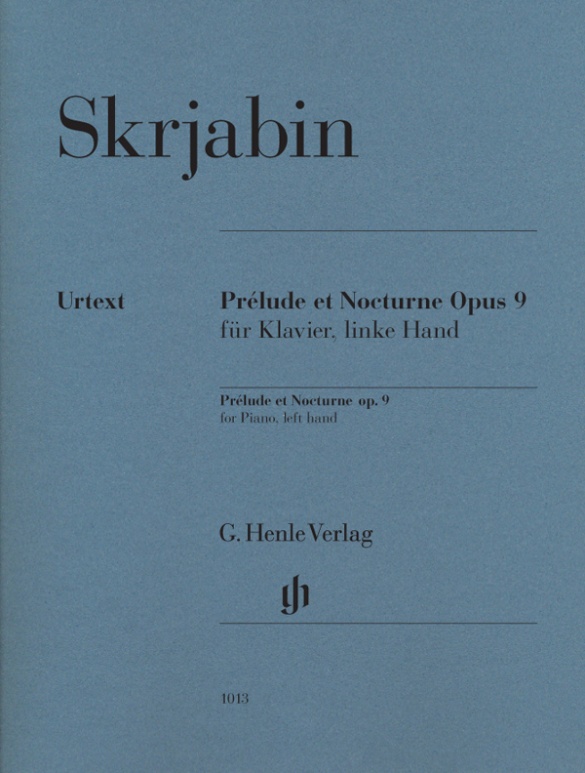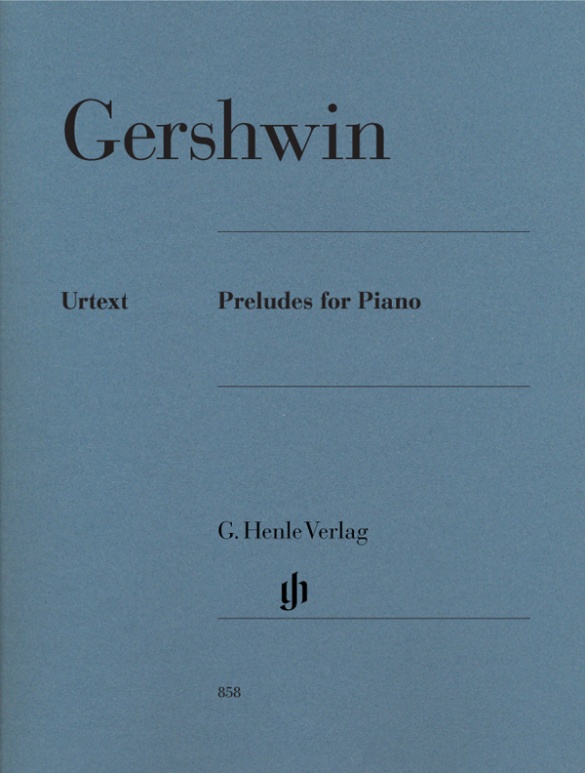

George Gershwin
Preludes for Piano
“Some of Gershwin’s finest inspirations have not as yet been either published or publicly performed. It is probable that the production of his twenty-four preludes … will award him a still higher rank in the army of contemporary composers.” In 1925, an admirer thus heralded George Gershwin’s ambitious project in Vanity Fair, namely to compose preludes in all keys as Bach and Chopin had done before.
On 4 December of the following year, the composer publicly performed five of these pieces. However, the extremely busy darling of Broadway only published the famous three Preludes for Piano (1927) during his lifetime. We are now proud to present them for the first time in a state-of-the-art Urtext edition.
mws-henle.cms.title-works.headline
mws-henle.cms-product-detail.composer-headline
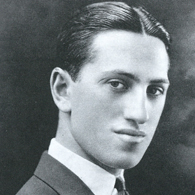
George Gershwin
The most successful composer of musicals in the 1920s, he wrote 28 musicals, largely to lyrics by his brother Ira, and more than 500 songs (including for 23 musicals by others). His fame today is based on his symphonic works and his opera “Porgy and Bess.”
| 1898 | Born Jacob Gershwine into ordinary circumstances in Brooklyn (New York) on September 26. |
| 1912 | Piano studies with Charles Hambitzer. The music of Berlin and Kern serves as his model. |
| 1914–17 | Employment in Tin Pan Alley as a song plugger for Jerome H. Remick and Company, publishers of popular music. Soon thereafter employed as a rehearsal pianist. |
| 1918 | Composer of songs for publisher T. B. Harms. |
| 1919 | First Broadway musical “La La Lucille.” |
| 1915–21 | Studies theory with Edward Kilenyi, a pupil of Mascagni. |
| 1920–24 | Music for the revues “George White’s Scandals.” |
| 1921 | Attends summer courses at New York’s Columbia University. |
| 1924 | “Rhapsody in Blue” for the band of Paul Whiteman, the then-king of jazz; the musical “Lady, Be Good!”, starring Fred and Adele Astaire, and his first collaboration with his brother Ira, serves as his breakthrough as a composer for theater. |
| 1925 | Piano Concerto in F major. |
| 1926 | Premiere of the musical “Oh, Kay!” |
| 1926/28 | Travels to Europe. |
| 1928 | Symphonic poem “An American in Paris.” |
| 1930 | Premiere of the musical “Girl Crazy.” |
| 1931 | Score for the film “Delicious.” |
| 1935 | Premiere of the opera “Porgy and Bess,” today his best-known stage work. |
| 1936 | Score for the film “Shall We Dance?” |
| 1937 | Death in Los Angeles on July 11. |
mws-henle.cms-product-detail.author-headline

Norbert Gertsch (mws-henle.person.role.HERAUSGEBE)
Dr. Norbert Gertsch, born in 1967 in Rheinkamp/Moers, studied piano solo at the Mozarteum in Salzburg and read musicology and philosophy at the Paris Lodron University in Salzburg and the Ruperto Carola University Heidelberg on a scholarship from the “Studienstiftung des Deutschen Volkes”. In 1996 he wrote his doctoral thesis on Ludwig van Beethoven’s Missa solemnis (as part of the New Complete Edition) under Ludwig Finscher.
In the following year, he began to work at G. Henle Publishers, initially as an editor for electronic publishing. After working on a two-year project (1999–2000) sponsored by the German Research Foundation (DFG) preparing a new Beethoven Catalogue of Works, he became a scholarly editor at G. Henle Publishers. In 2003 he became Editor-in-Chief, in 2009 Deputy Managing Director and Head of Publishing. As of 1 January 2024, the Executive Board of the Günter Henle Foundation has appointed Dr. Norbert Gertsch, as the new managing director, succeeding Dr. Wolf-Dieter Seiffert.
Gertsch has published many Urtext editions for G. Henle Publishers, including volumes for a new edition of Beethoven’s Piano Sonatas together with Murray Perahia.
Andreas Boyde (mws-henle.person.role.FINGERSATZ)
Andreas Boyde, was born in 1967 in Oschatz/Saxony and studied the piano in Dresden and London. He has appeared as a soloist with renowned orchestras such as the London Philharmonic Orchestra, the Sächsische Staatskapelle Dresden, the Malaysian Philharmonic Orchestra, the Prague Radio Orchestra, the Auckland Philharmonia Orchestra, the Bamberg Symphony Orchestra, the Hallé Orchestra Manchester, the Bolshoi Symphony Orchestra and the London Mozart Players.
Boyde’s repertoire comprises key works from all periods, also including contemporary composers such as Paul Schoenfield and John Pickard. Boyde has recorded Brahms’s complete solo piano works with OehmsClassics, a co-production with the WDR.
Product Safety Informations (GPSR)

G. Henle Verlag
Here you can find the information about the manufacturer of the product.G. Henle Verlag e.K.
Forstenrieder Allee 122
81476 München
Germany
info@henle.de
www.henle.com
Les célèbres trois Préludes pour piano (1927) proposés ici selon les règles de l’art éditorial, dans une édition Urtext (Norbert Gertsch, doigtés de Andreas Boyde).
Crescendo, 2009推荐
autogenerated_cross_selling
本书目其他版本
本书目其他版本


